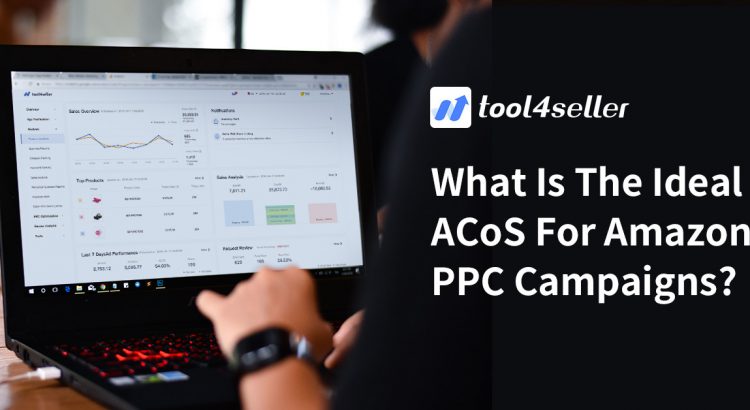When it comes to Amazon PPC, many sellers are trying to maintain the profitability in PPC campaigns. In addition to ACoS data, sellers seem unable to measure the effectiveness of their campaigns in any other way. Based on this situation, they tend to focus on their ACoS to determine whether they are making a profit or loss in marketing.
However, they are worried that they may incur a loss if ACoS is too high, as they do not know how to calibrate all campaigns to go under their ceiling and towards their ACoS goals.
The ACoS limit for each product is different.
In fact, the limit for ACoS may generally vary from product to product, because their profits are different.
First of all, we need to know what a balanced AcoS is.
Balanced ACoS refers to the profit margin before setting up your Amazon PPC ad campaigns, that is, the gross profit margin of your product.
As a seller, as long as their advertising expenditure is lower than the profit margin, it will not cause losses.
Profitable ACoS can be defined as a point where it is under the profit margin of the product
Let’s say, one product has a sale price of $15. You can earn $5 after deducting variable costs (Amazon fees, FBA fees, commodity costs, and shipping costs). That is, the profit margin for this product before PPC fees are taken into account is 33% (5/15=33%). This is your break-even ACoS, and as long as you don’t spend over 33% of your margin on PPC to promote your product, you won’t lose money.
To make your advertising campaign profitable, you will always want to ensure that your actual ACoS is lower than your break-even ACoS. But if you want to maximize your profits, please stay tuned for our blog, we will give a more detailed explanation soon.

